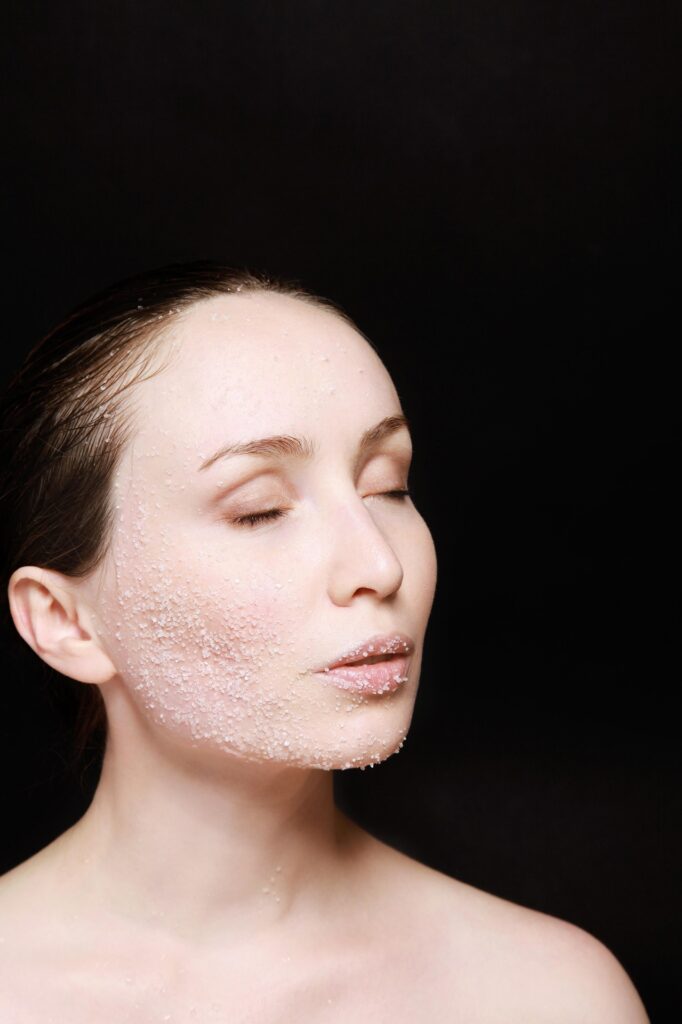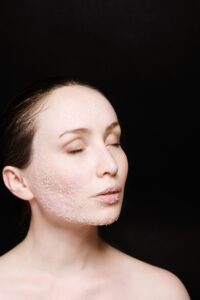Trichotillomania is a disorder characterized by compulsive hair pulling, which can lead to significant distress and physical damage. Cognitive Behavioral Therapy (CBT) has emerged as a primary treatment, known for addressing the underlying behaviors and thought patterns that contribute to the condition. CBT, particularly Habit Reversal Therapy combined with stimulus control, is the most effective and widely supported method for managing trichotillomania.
This therapy focuses on helping individuals recognize their urges to pull hair and develop alternative behaviors to reduce the habit. It also challenges negative thoughts that may trigger the behavior, providing tools for long-term management rather than just temporary relief.
Research underscores the benefits of CBT in reducing hair-pulling episodes and improving quality of life, although relapses can occur. It is often recommended as a first-line approach, sometimes combined with other strategies or professional support, depending on the severity of the disorder.
Overview of Trichotillomania Cognitive Behavioral Therapy
How Trichotillomania Cognitive Behavioral Therapy works? Cognitive Behavioral Therapy (CBT) targets the thoughts, feelings, and behaviors responsible for hair-pulling in trichotillomania. It applies specific methods to help individuals recognize and change patterns that drive this compulsive behavior. The approach involves structured techniques that promote awareness and behavior modification tailored to the disorder.
Core Principles of CBT for Trichotillomania
CBT for trichotillomania is based on identifying triggers that prompt hair-pulling urges. These triggers can be both cognitive, such as negative or intrusive thoughts, and sensory, like uncomfortable sensations. The therapy emphasizes increasing awareness of these triggers to disrupt the automatic pulling response.
Habit Reversal Training (HRT) is a central component. It teaches patients to notice the urge and replace hair-pulling with a less harmful behavior. Stimulus control techniques help reduce exposure to environmental cues that provoke pulling. Together, these principles aim to reduce the frequency and intensity of pulling episodes.
How CBT Differs from Other Treatments
Unlike pharmacological options, CBT directly addresses the behavioral and cognitive mechanisms behind hair-pulling rather than only symptoms. It is considered a first-line treatment due to strong empirical support and its focus on skill-building and self-management.
CBT is distinct from general talk therapy because of its structured, goal-oriented format. It also differs from some newer therapies by combining habit reversal and stimulus control in a targeted framework specific to trichotillomania. Unlike medication, CBT offers long-term tools that remain useful after treatment ends.
Therapeutic Goals and Expected Outcomes
The primary goal is to reduce hair-pulling frequency and severity by increasing awareness and control over urges. CBT works to modify the thoughts and feelings that maintain the behavior, improving emotional regulation.
Patients can expect to develop coping strategies to manage triggers and stressful situations. The therapy also aims to improve overall functioning by lessening the physical and psychological impact of trichotillomania. While outcomes vary, many show significant symptom improvement and enhanced quality of life.
CBT Techniques and Strategies for Trichotillomania
Cognitive Behavioral Therapy for trichotillomania uses structured methods to change hair-pulling behaviors and the thoughts that maintain them. Key approaches involve training in alternative behaviors, altering harmful beliefs, and tracking progress to avoid setbacks.
Habit Reversal Training Components
Habit Reversal Training (HRT) is central to CBT for trichotillomania. It focuses on increasing awareness of hair-pulling urges and substituting the behavior with less harmful actions.
HRT typically includes:
- Awareness Training: Identifying triggers, urges, and specific moments when pulling occurs.
- Competing Response Training: Replacing pulling with an incompatible movement, such as clenching fists or squeezing a stress ball.
- Stimulus Control: Modifying the environment to reduce exposure to triggers, like wearing gloves or covering mirrors.
These steps help patients interrupt automatic hair-pulling cycles and gain more control.
Cognitive Restructuring Methods
Cognitive restructuring targets the negative thoughts and beliefs that drive hair-pulling. It involves recognizing distorted ideas and replacing them with balanced, realistic thoughts.
For example, a patient might believe they can’t resist the urge, which CBT challenges by:
- Identifying automatic negative thoughts linked to pulling.
- Testing and disputing these thoughts with evidence.


